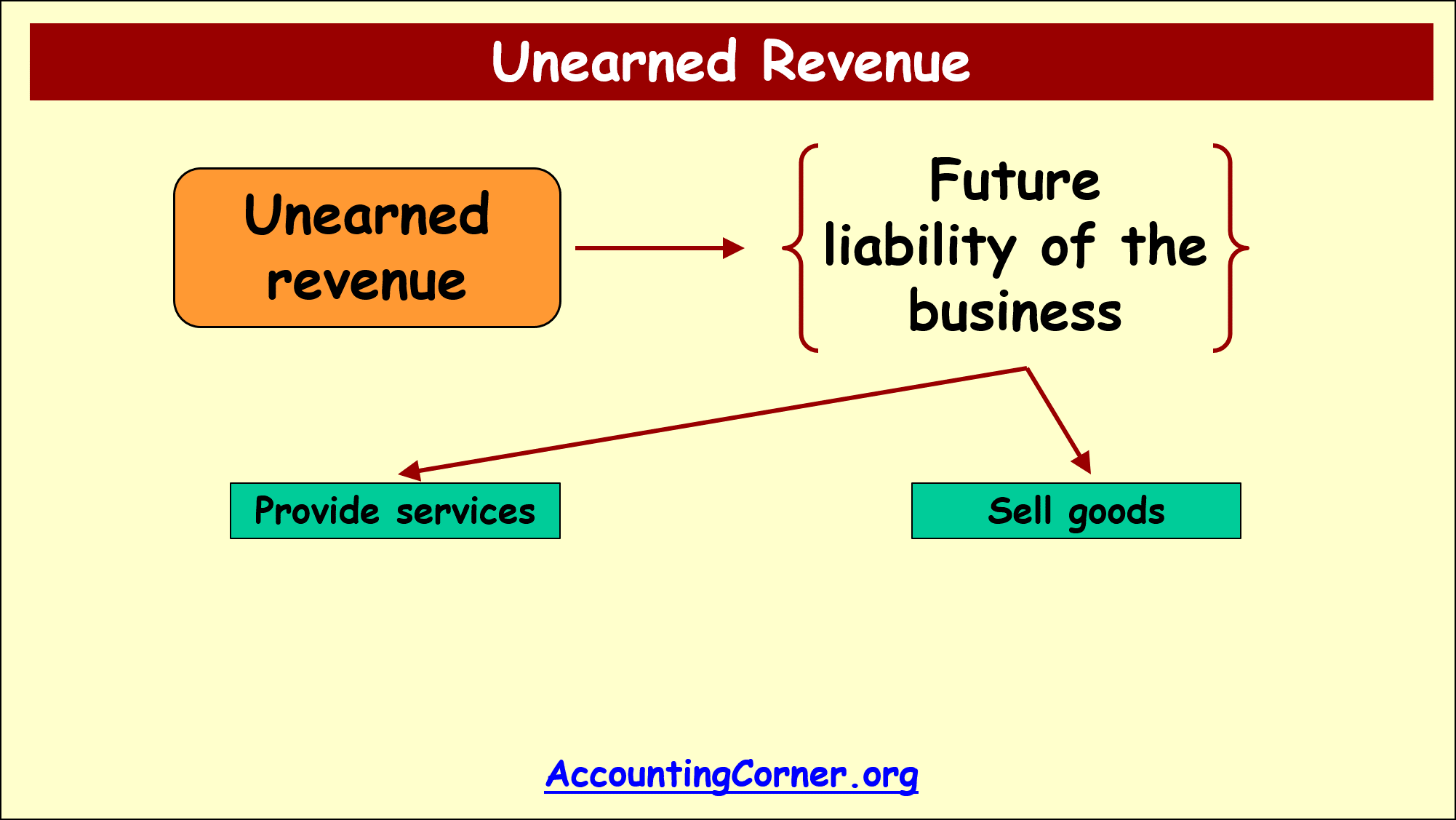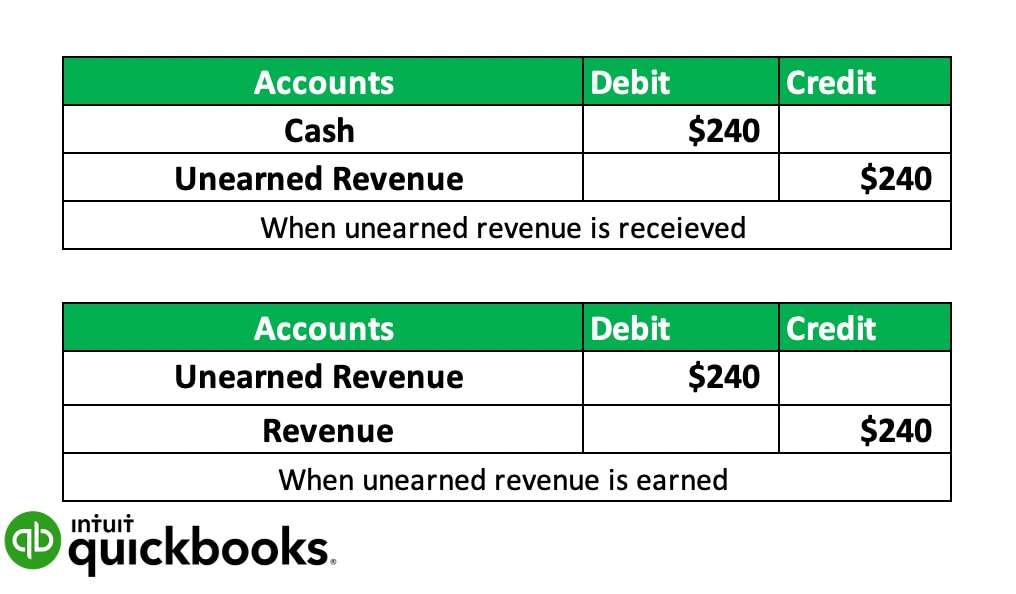Where Is Unearned Revenue On Balance Sheet - Within the liabilities section of the balance sheet, unearned revenue is often labeled with a descriptive title, such as “unearned. Unearned revenue, also known as deferred revenue, refers to funds a company receives from customers for goods or services.
Within the liabilities section of the balance sheet, unearned revenue is often labeled with a descriptive title, such as “unearned. Unearned revenue, also known as deferred revenue, refers to funds a company receives from customers for goods or services.
Within the liabilities section of the balance sheet, unearned revenue is often labeled with a descriptive title, such as “unearned. Unearned revenue, also known as deferred revenue, refers to funds a company receives from customers for goods or services.
What Is Unearned Revenue? A Definition and Examples for Small Businesses
Unearned revenue, also known as deferred revenue, refers to funds a company receives from customers for goods or services. Within the liabilities section of the balance sheet, unearned revenue is often labeled with a descriptive title, such as “unearned.
What is Unearned Revenue? QuickBooks Canada Blog
Within the liabilities section of the balance sheet, unearned revenue is often labeled with a descriptive title, such as “unearned. Unearned revenue, also known as deferred revenue, refers to funds a company receives from customers for goods or services.
Solved Unearned revenue is reported in the financial
Within the liabilities section of the balance sheet, unearned revenue is often labeled with a descriptive title, such as “unearned. Unearned revenue, also known as deferred revenue, refers to funds a company receives from customers for goods or services.
Is unearned revenue a revenue? Leia aqui What is unearned revenue
Unearned revenue, also known as deferred revenue, refers to funds a company receives from customers for goods or services. Within the liabilities section of the balance sheet, unearned revenue is often labeled with a descriptive title, such as “unearned.
What is Unearned Revenue? A Complete Guide Pareto Labs
Unearned revenue, also known as deferred revenue, refers to funds a company receives from customers for goods or services. Within the liabilities section of the balance sheet, unearned revenue is often labeled with a descriptive title, such as “unearned.
Unearned Revenue Definition
Within the liabilities section of the balance sheet, unearned revenue is often labeled with a descriptive title, such as “unearned. Unearned revenue, also known as deferred revenue, refers to funds a company receives from customers for goods or services.
Unearned Revenue Accounting Corner
Unearned revenue, also known as deferred revenue, refers to funds a company receives from customers for goods or services. Within the liabilities section of the balance sheet, unearned revenue is often labeled with a descriptive title, such as “unearned.
Unearned revenue examples and journal entries Financial
Unearned revenue, also known as deferred revenue, refers to funds a company receives from customers for goods or services. Within the liabilities section of the balance sheet, unearned revenue is often labeled with a descriptive title, such as “unearned.
Solved Unearned revenue is reported in the financial
Within the liabilities section of the balance sheet, unearned revenue is often labeled with a descriptive title, such as “unearned. Unearned revenue, also known as deferred revenue, refers to funds a company receives from customers for goods or services.
What is Unearned Revenue? QuickBooks Australia
Unearned revenue, also known as deferred revenue, refers to funds a company receives from customers for goods or services. Within the liabilities section of the balance sheet, unearned revenue is often labeled with a descriptive title, such as “unearned.
Within The Liabilities Section Of The Balance Sheet, Unearned Revenue Is Often Labeled With A Descriptive Title, Such As “Unearned.
Unearned revenue, also known as deferred revenue, refers to funds a company receives from customers for goods or services.
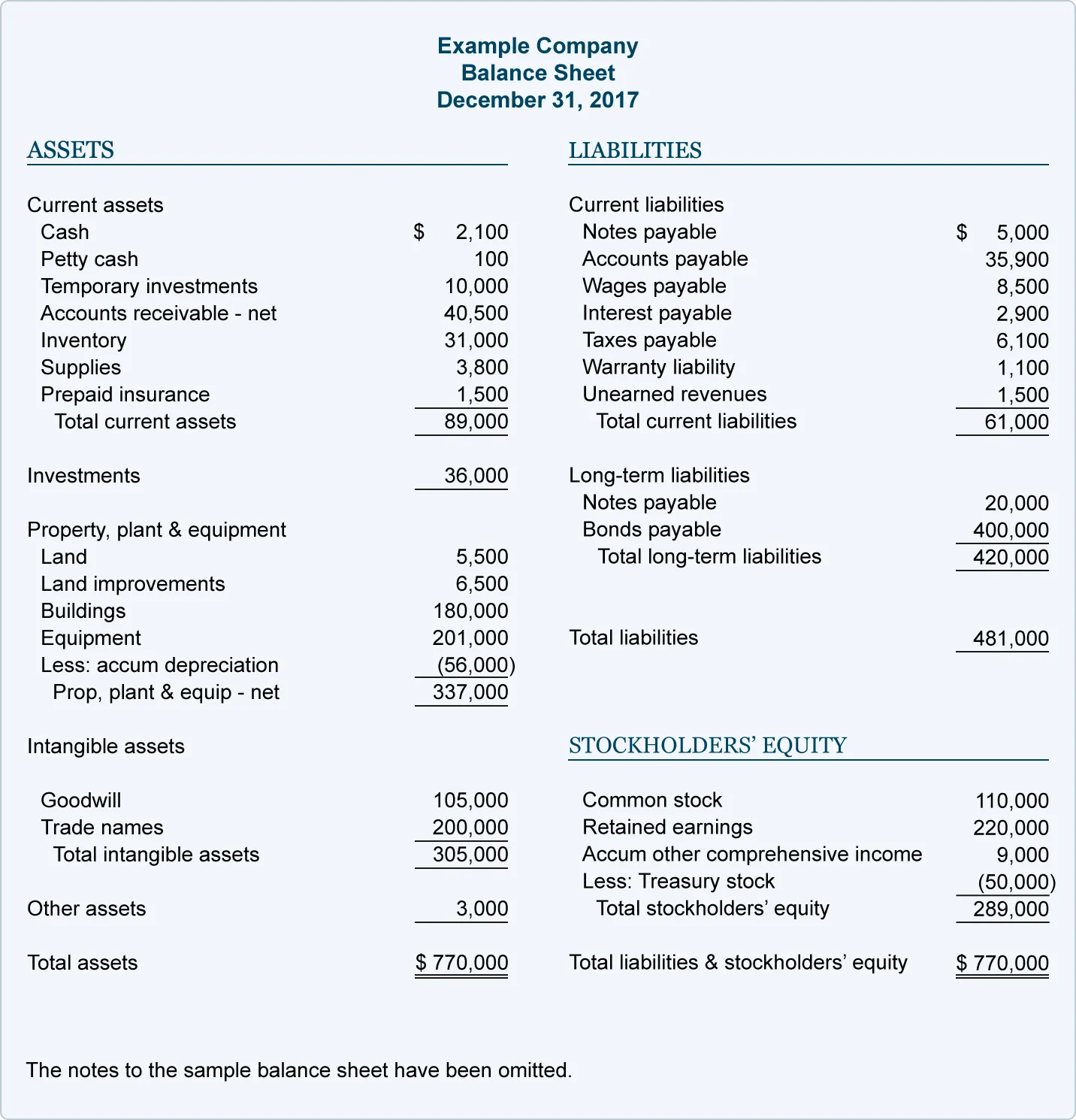

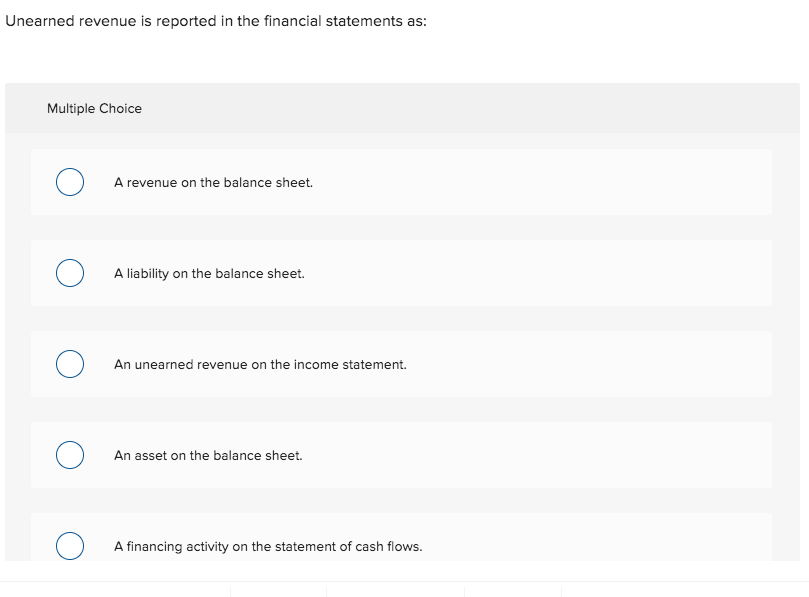

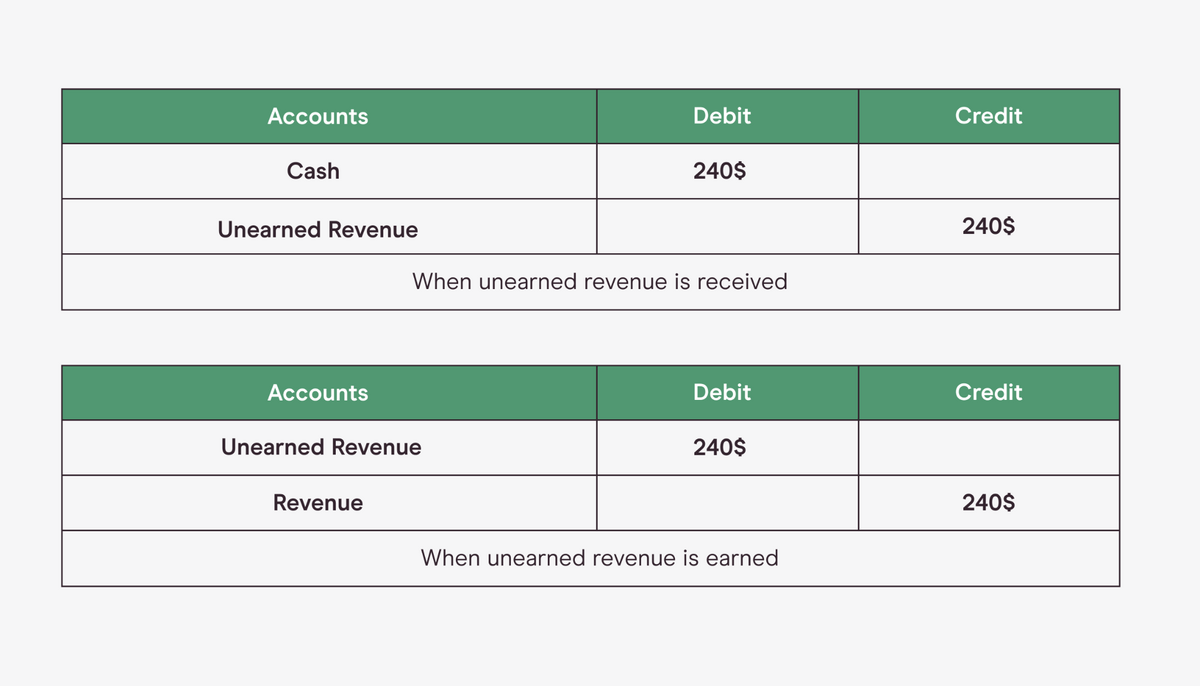
:max_bytes(150000):strip_icc()/Morningstar_-0a37a99b3a0744b6bdf3986e5bdb325b.png)
